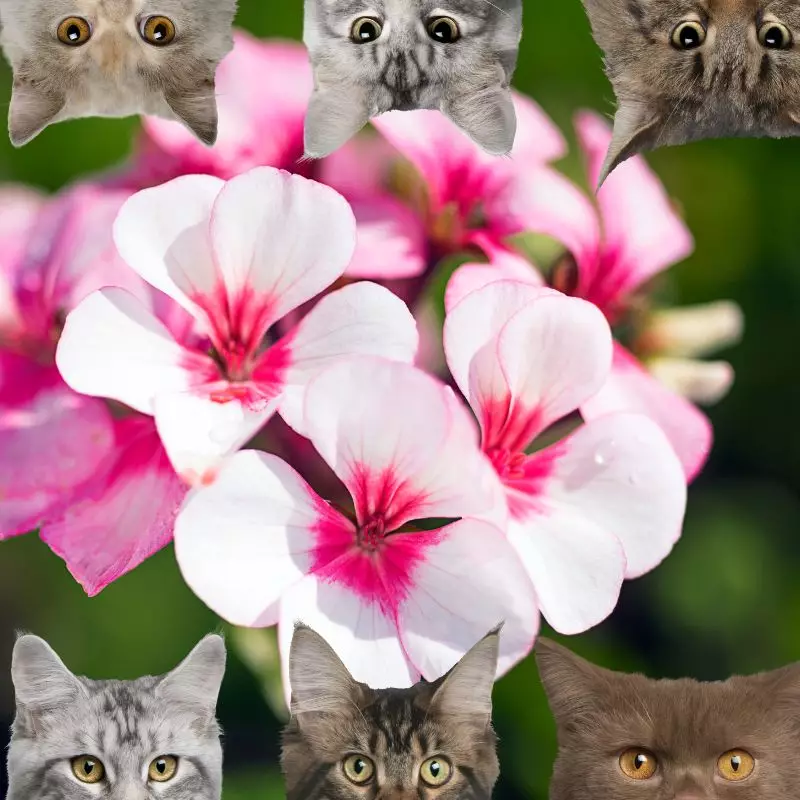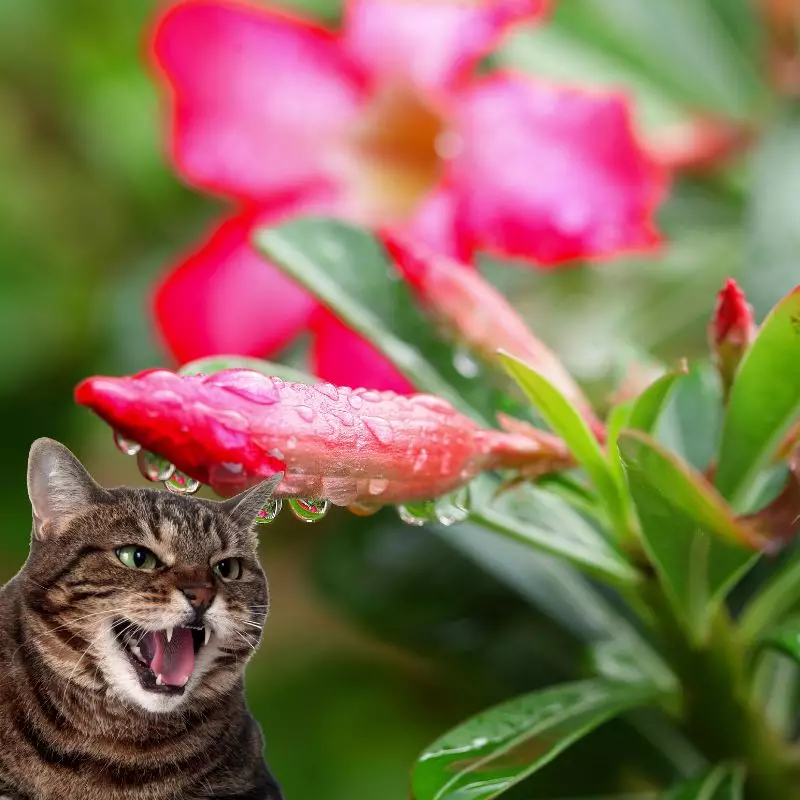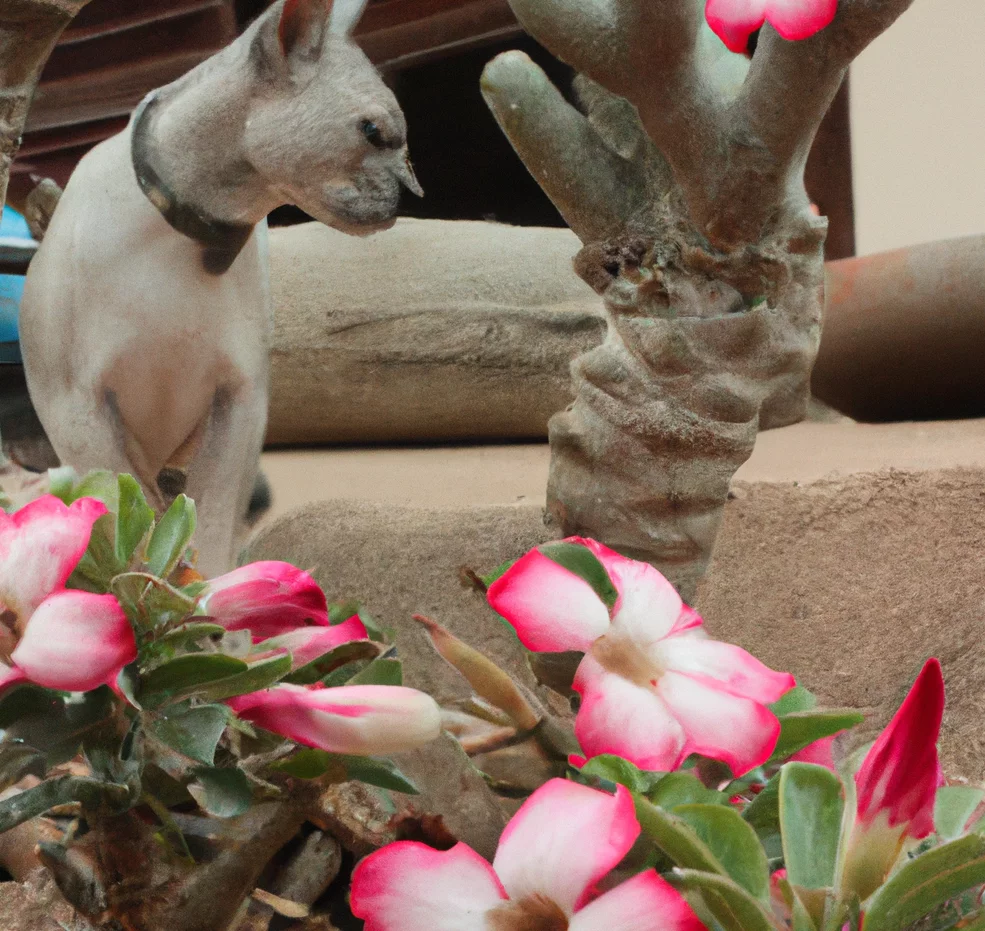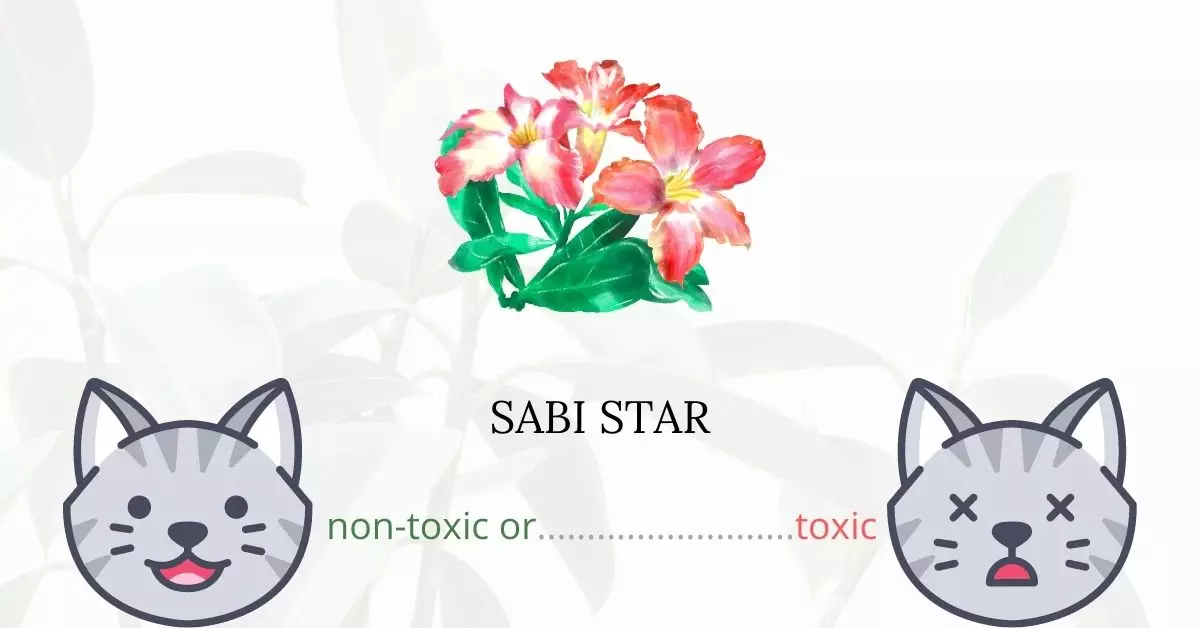The Sabi Star plant is indeed highly toxic to cats, with all of its parts containing potent poisons capable of causing a range of mild to severe symptoms in felines upon ingestion.
To ensure the precision and reliability of the information in this article, we have collaborated with a team of seasoned Doctors of Veterinary Medicine (DVMs). Their invaluable insights allow us to present accurate and current data on the potential dangers linked with various plants, in this instance, the Sabi Star, and their impacts on cats. Additionally, to reinforce the validity of our information, we have conducted extensive research using high-authority websites such as ASPCA and PetMD on this plant and every other mentioned.
When a cat consumes any part of a Sabi Star plant, it is exposed to a plethora of harmful substances including digitalis-like glycosides, cardiac glycosides, and cardioactive steroids, leading to what is known as Sabi Star poisoning. These compounds can directly affect the body’s enzymes regulating sodium and potassium ion levels and can be lethal in excessive doses, causing heart failure and even death. While some of these substances, like several cardiac glycosides, have anticancer properties in moderate quantities, their excessive amounts can affect the nervous, cardiovascular, and gastrointestinal systems severely, making them fatal. In essence, the plant poses substantial risk in any quantity, affecting crucial bodily functions and leading to severe cardiac problems when ingested in large doses.
Clinical Signs of Sabi Star Poisoning in Cats

After exposure to the Sabi Star plant, whether by contact, inhalation, or ingestion, cats may display a series of concerning clinical signs. These symptoms can manifest from mere minutes to up to two hours after exposure. Understanding the underlying causes of these symptoms can better equip you to respond promptly:
- Vomiting: This is an immediate response of the feline body trying to rid itself of the toxic substances ingested from the Sabi Star.
- Diarrhea: As with vomiting, diarrhea is another way the body attempts to eliminate toxins from the system. The digestive tract gets irritated by the harmful compounds, resulting in loose stools.
- Signs of Abdominal Pain: The presence of toxins in the digestive system can lead to inflammation and irritation of the gastrointestinal tract, which manifests as abdominal discomfort.
- Depression: The harmful chemicals in Sabi Star can affect the cat’s central nervous system, leading to behavioral changes such as depression.
- Drooling: This may indicate oral irritation, possibly due to direct contact with the plant or as a precursor sign to vomiting.
- Decrease in Body Temperature: Toxins can disrupt metabolic processes, leading to a drop in body temperature.
- Loss of Appetite: A cat’s instinctual response to feeling unwell is often to avoid food, especially if their gastrointestinal system is affected.
- Lethargy and Weakness: The energy levels drop because the body is focused on combatting the harmful effects of the toxins, leading to an overall feeling of fatigue.
- Slow or Rapid Heart Rate: The cardioactive steroids and other compounds in the Sabi Star directly impact the heart’s function, which can manifest as either a slowed-down or accelerated heart rate.
- Sudden Death: In severe cases, the combined impact of these toxins can be overwhelming for the feline system, leading to tragic outcomes.
Should you observe any of the aforementioned signs in your cat after potential exposure to the Sabi Star, it is imperative to consult a veterinarian immediately to ensure the best possible outcome for your feline friend.
First Aid and Treatment of Sabi Star Poisoning in Cats

In mild cases of Sabi star poisoning in cats, vomiting is frequently induced, activated charcoal is administered, and intravenous fluid treatment is started. Antiemetics will be administered to cats who are vomiting incessantly.
Severe Sabi star poisoning may necessitate gastric lavage. To remove any leftover toxins, the stomach is flushed with a saline solution. The vet may need to closely monitor your cat’s cardiac function. The veterinarian may also prescribe drugs to clear blockages in the heart. On a symptomatic basis, the veterinarian may propose other therapies.
Recovery from Sabi Star Poisoning in Cats

The amount consumed and the speed with which the poisoning was discovered and treated will determine recovery and prognosis. While most minor cases of plant poisoning cure within 24 hours of therapy, the prognosis for Sabi star poisoning is uncertain due to the plant’s level of toxicity.
Prevention of Sabi Star Poisoning in Cats
Avoid growing Sabi stars in your gardens. Always do your research before purchasing any plant for your home. Keeping your cat busy and entertained indoors will lessen his curiosity outdoors and exposure to toxic plants that are growing in your surroundings.
If you love plants but have cats at home, check out these lists:





